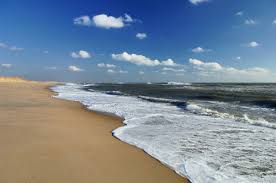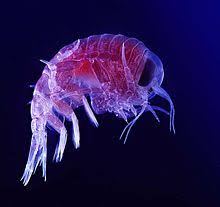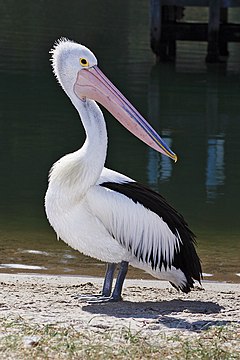Team members
Names / Roles:
- Luthfee(Leader)
- Jun Rong(Wiki Writer)
- Dino(Researcher)
- Ryan(Researcher)
Overview 
-
Location of the ecosystem:A seashore is where land meets the sea or ocean.
-
Description of ecosystem: refer to parts of the land which adjoin any large body of water, including oceans (sea shore) and lake (lake shore).
-
Biodiversity of ecosystem (richness of life in ecosystem):mangrove forests; coral reefs; sea grass beds; estuaries in coastal areas; hydrothermal vents; and seamounts and soft sediments on the ocean floor a few kilometres below the surface.
Physical Factors
- pH and light and :The pH and light level of the seashore will vary according to various parameters. For example, the middle shore has a lower light level than the upper shore. The light level will usually be higher in areas of the seashore that are above the water level than those covered by the tide.
The pH of the seashore also varies. For example, a seashore composed mainly of chalk has a pH above 7, while sandstones contain much silica and produce neutral or slightly acid soils, where the pH can be as low as 3.5. The pH can also vary according to factors such as salinity and pollution.The sea is so enormous that it is very slow to change in temperature, pH,(and anything else you can think of).
- Temperature:depends on what country the sea shore is located
- Water:the water at a seashore is initially clean but human activities such as littering into the ocean have polluted the water
Classification of Living Organisms
Producers
- kelp,corals,anemone
Primary consumers
- shrimps and plankton
secondary consumers
- fishes and shellfish
Tertiary consumers
- pelican,cormorants,terns and oystercatcher
Decomposers
- bacteria and fungi
Kelp are large seaweeds.They grow in underwater ''forest''(kelp forest) in shallow oceans.The organisms require nutrient-rich water with temperatures between 6 and 14 °C (43 and 57 °F). They are known for their high growth rate.

Plankton are any drifting organisms (animals , plants archaea or bacteria) that inhabit the pelagic of oceans , seas , or bodies of fresh waters . That is, plankton are defined by their ecological niche rather than phylogenetic or texonomic classification. They provide a crucial source of food to larger, more familiar aquatic organisms such as fish and whales .

-
Corals are marine animals in class Antozea of phylum typically living in compact colonies of many identical individual "polyps". The group includes the important reef builders that inhabit tropical oceans and secrete calcium carbonate to form a hard skeleton.
A coral "head" is a colony of myriad genetical identical polyps. Each polyp is a spineless animal typically only a few millimeters in diameter and a few centimeters in length. A set of tentacles surround a central mouth opening.

A pelican, derived from the Greek word pelekys (meaning “axe” and applied to birds that cut wood with their bills or beaks) is a large water bird with a large throat pouch, belonging to the bird family Pelecanidae. Large birds with big pouch beaks. They swim well with their short , strong legs and their feets with all four of the toes webbed.The diet of a Pelican are usually fishes , but they also eat amphibians , crustaceans( Crabs , Baby turtles ) and on some occasions, cellphones.

Bacteria are single celled organisms and are typically a few micrometres in length, bacteria have a wide range of shapes, ranging from spheres to rods and spirals.
Food Web

Interrelationship in Ecosystem
- Predator-prey relationship
- Herring Gull and Edible Crab
- Barnacles and Edible Crab
- Clown Fish and Sea Anemone
Useful Links
Plagiarism is a strongly discouraged.
Include the links of all websites you obtained information from to complete your ecology wiki.
For example:
Wild World @ nationalgeographic.com ( http://www.nationalgeographic.com/wildworld/terrestrial.html )
Comments (3)
Mr Justin Thong said
at 4:21 pm on Mar 14, 2012
Dear group 4, a gentle reminder that the deadline is this Friday. From the look of it, your group is still far from completion and I do not see much progress. Is everything ok?
1E1_2012 Group 4 said
at 4:16 pm on Mar 19, 2012
yes everything is ok. But when i search wikipedia for seashores, they did not give the result i wanted,instead its bout coast. are they linked?
1E1_2012 Group 4 said
at 4:15 pm on Mar 19, 2012
yes everything is ok. But when i search wikipedia for seashores, they did not give the result i wanted,instead its bout coast. are they linked?
You don't have permission to comment on this page.